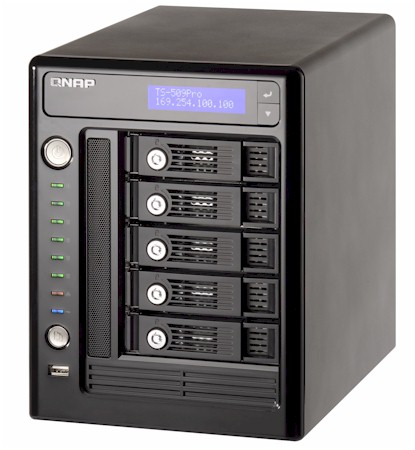Cinevate is a Canadian company that manufactures innovative equipment for film-makers. With numerous innovation awards under our belt, we’ve been in the industry for nearly a decade. Always exploring new business options, Cinevate launched a Kickstarter Campaign in December 2013 for our Morpheus Stabilizer. We were amazed at the response to our first foray into the world of crowd sourcing!
Cinevate’s Morpheus Stabilizer
During this project, we shot, edited and uploaded footage almost daily. As you might guess, video, photo and social media is integral to our operations. Like many of you, we needed to come up with a strategy to manage all of this data.
Back in 2008, we embarked on a quest to set up a shared network workflow for the many photos and video projects we generate in our operations. At that time, Gigabit Ethernet was, and still is, the standard now for virtually every network. With network attached storage devices (NAS) becoming popular, I had high hopes for a system that would have all video and photo projects centralized and instantly accessible from all workstations.
After many tests, I discovered Gigabit Ethernet was simply not fast enough, particularly when compared with conventional workflow where video/photo projects are edited on one workstation with a larger attached disk array. What did come from the project in 2008, is our use of multiple NASes today, serving as backup hosts, archive network storage and automated offsite backup systems.
A NAS is essentially an efficient computer running Linux or Unix variants, with multiple redundant hard drives that can be hot-swapped in case of failure. With web-based administration, NASes are typically just powered on and plugged into the network.
Our NASes (several Qnap TS-509 Pro, Qnap TS-639, and NETGEAR ReadyNASes) have provided 30 TB of completely trouble-free performance (other than inevitable hard drive failures) over the last 5-6 years. Our NASes are typically configured using RAID 5, so if one of the 5 or 6 hard drives fails, we simply pull it out and replace it, with no interruption in service.

QNAP TS-509 Pro
Enter 2013 and the arrival of the next generation 10GbE“affordable” networking. All of our previous testing and online posting with respect to NASes had precipitated a relationship with QNAP as well as NETGEAR—both companies with great NAS products. A quick chat with Ivan Hsu over at QNAP in December revealed that they had several new high performance NAS units on the market. Was I interested in evaluating a 10GbE capable NAS? Hopeful that a shared network solution might finally be at hand, the decision was an easy one. (I said yes!)
Over this multi-part series, I’ll share product tips, test results, and helpful (free!) tools to assist in creating your own shared network workflow. In the first post, I’ll be looking at 10Gbe Ethernet basics. Can we stream 4K RAW data over a network cable? How about two 4K feeds? Three?
 Dennis Wood is Cinevate’s CEO, CTO, as well as Chief Cook and Bottle Washer. When not designing products, he’s likely napping quietly in the LAN closet.
Dennis Wood is Cinevate’s CEO, CTO, as well as Chief Cook and Bottle Washer. When not designing products, he’s likely napping quietly in the LAN closet.
